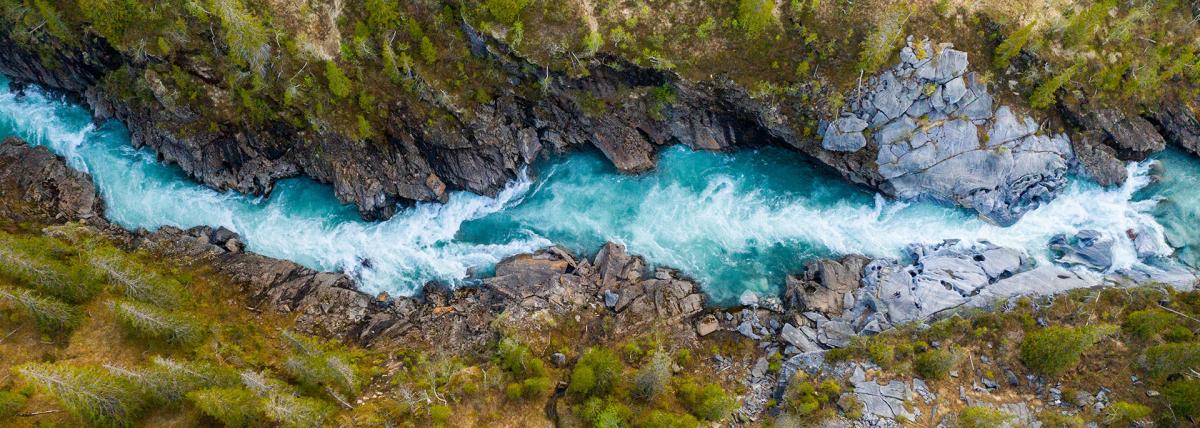
Groundhog Day: Investigating Shadows and Light
by Brittany Robertson
In this Kindergarten STEM lesson, students explore the concepts of light and shadows using Groundhog Day as a thematic starting point. The lesson begins with an engaging introduction through a SciShow Kids video and the book "Groundhog Day!" by Gail Gibbons. Students then create groundhog shadow puppets and investigate how shadows are formed using flashlights and natural light in different settings. They will use non-standard measurement tools to measure shadow lengths, incorporating basic math skills into the activity. The lesson develops students' understanding of transparent, translucent, and opaque objects while providing hands-on experience with scientific investigation and measurement.
Lesson Grade Level
KindergartenLesson Plan Link/URL
https://docs.google.com/presentation/d/16d3f3fimTxXRT0mzr0M-GIT3jM2k3qoB/edit?u…Subject Area
Science Physical Science P2: Objects at a Distance Mathematics Measurement and Data (MD)
Featured
Off
Related Content

Grades:
7th Grade, 8th Grade
This lesson has students examining isochron maps of the Earth's seafloor and looking for patterns to support evidence of continental drift. A prerequisite include a previous lesson of continental

Grades:
5th Grade
"Baozi" (steamed bun) is a traditional Chinese food commonly eaten as a breakfast or snack. It consists of a soft, fluffy dough filled with a variety of savory or sweet fillings. Popular fillings

Grades:
5th Grade, 6th Grade
A glider is a great physical science/STEM challenge for fifth/sixth grade students. This project allows students to use scissors and utility knives to build and modify a glider that will travel as far